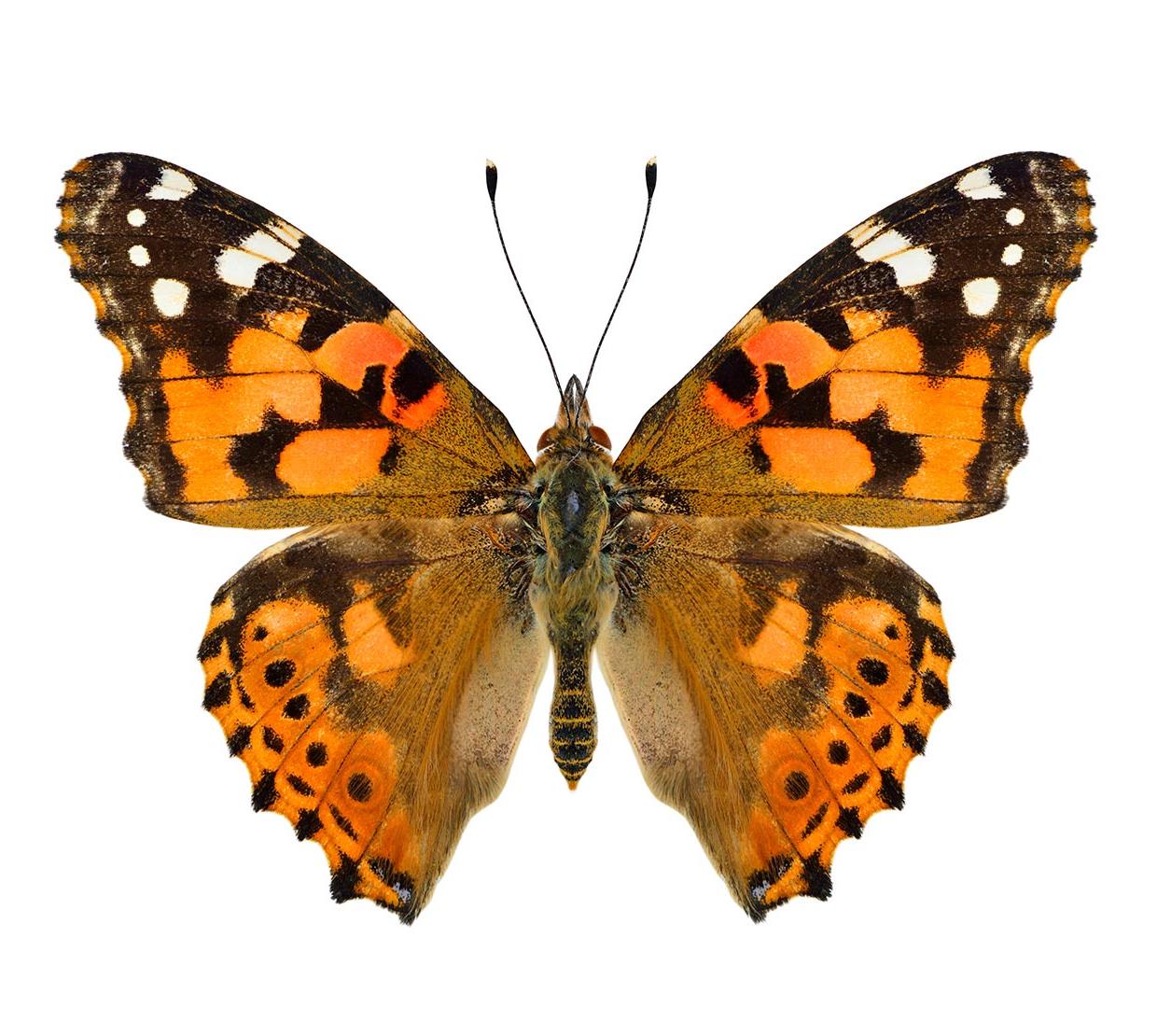Research highlights
The College of Science has an extensive and deep research portfolio that is globally recognized, providing our students enriching and life-changing experiences working alongside leading scientists and researchers in the College.
Butterflies
Two integrative biology researchers have conducted pioneering research on the colorful patterns found on butterfly wings. In separate studies, husband-and-wife team Jeffrey Oliver and Kathleen Prudic show that the vivid, concentric “eyespots” answer fundamental questions about the evolution and survival of some butterfly species. Their work has recently been published in a pair of papers in Proceedings of the Royal Society B: Biological Sciences.
Oliver and other scientists from Yale, Oregon State, Tennessee and Singapore Universities published their paper on the eyespots of nymphalid butterflies—a group that includes the very colorful Monarch butterfly.
Animals’ bodies contain multiple versions of the same repeated trait, such as legs and antennae, molars and canines, and numerous types of vertebrae. Yet the origins of these repeated traits are largely unknown.
Oliver discovered that although the eyespots repeated along butterflies’ wings appeared as a group, they behaved as individual entities with some degree of developmental independence. Initially, the spots were likely used as signals to ward off attacks by predators.
Over evolutionary time, though, the spots gained a new function—helping the butterfly attract a mate—after moving to different location on the butterfly wings.
Researchers from five universities led by Kathleen Prudic have found evidence that eyespots help butterflies deflect attacks by predators to their vital body parts. Click here to read the study.
The butterfly species studied, Bicyclus anynana, has different sized eyespots depending on the season they grow up in. The wet season generation has large eyespots while the dry season generation has small eyespots. Which begs the question, why would a butterfly change its spots?
As it turns out, predation is the answer. During the wet season, the butterfly’s large eyespots cause the praying mantids—its chief predators—to attack its wings rather than the body or head. Though injured on their wings, the butterfly survives and can reproduce.
During the dry season birds are the insect’s primary predators while the mantids are not around. The butterfly’s small more cryptic eyespots make detection difficult by birds. This wing pattern allows the butterflies to escape predation by not being found.
The researchers verified the benefits of eyespots by switching the eyespots between the wet season and dry season butterflies. Large eyespots pasted on dry season butterflies increased their survival rate during predation encounters with mantids.
“Having the right type of eyespot in the right season allowed the butterflies to live long enough to lay eggs and have more offspring in the next generation,” Prudic said. “With the wrong eyespot at the wrong time, they were quickly annihilated by the mantids.”
Related: ‘Eyespots” in butterflies distract predatory attack, Watch the video



